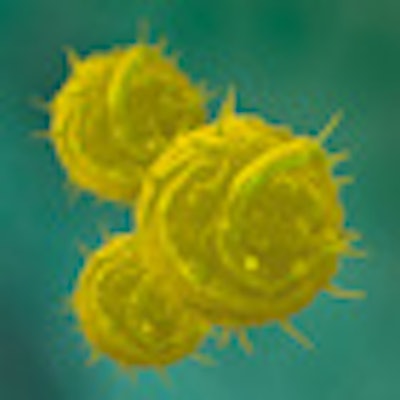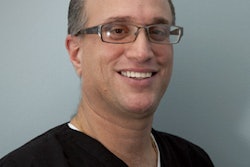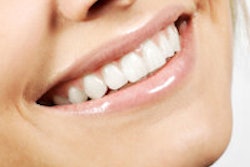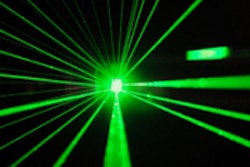
The first clinical study to use autologous dental pulp stem cells to reconstruct mandible bone in humans is being hailed as "ground-breaking" by pioneers in the field.
Publishing in the November European Cells and Materials Journal, researchers from the 2nd University of Naples demonstrated that combining dental pulp stem cells with a collagen sponge scaffold "can completely restore human mandible bone defects," indicating that these cells could be used for the repair and/or regeneration of various tissues and organs, they wrote.
This marks the first time dental stem cell research has moved from the laboratory to human clinical trials, said Art Greco, CEO of StemSave, a company commercializing the collection and "banking" of dental stem cells for potential use in a variety of disease and injury treatments.
“To go from an animal model to human subjects is a very big step.”
— Art Greco, CEO, StemSave
"This breakthrough clinical study, which uses the patient's own stem cells harvested from their teeth to repair bone, is the first of what we believe will be an expanding number of applications to treat a broad array of disease, trauma, and injury," said Greco. "Up to this point all the research using dental stem cells has been done in laboratory settings. To go from an animal model to human subjects is a very big step."
While the paper is the first study of its kind in humans, "the analysis is not very extensive so it is difficult to judge the impact; however, it is a step forward," noted Paul Sharpe, Ph.D., a craniofacial biology professor at Kings College in London and a leading dental stem cell researcher.
One-year follow-up
The study initially involved 17 patients who needed their wisdom teeth removed but were at risk of postextractive alveolar bone loss. Their upper (maxillary) molars were removed and the dental pulp harvested and injected into a collagen sponge scaffold. The patients' lower (mandible) molars were then extracted and the sponge-cell implant used to fill the space left behind. A flap of gum tissue was sutured into place to avoid any contact with the oral cavity.
Patients were evaluated at seven days and 30 days postoperatively, with additional follow-up at months two and three. The seven patients who returned for the one-year follow-up presented with a normal oral cavity without signs of alterations. In all cases the collagen sponge had been completely reabsorbed, and the mucosae were normal at all sites. X-ray analysis confirmed that bone regeneration at the test sites was complete and stable, and quality of life, chewing, and related functions remained optimal in all patients, the researchers reported.
"The technique that we developed for this clinical study can be easily applied to any other area of reconstructive and orthopaedic surgery," they wrote. "Stem cells represent an easy and natural alternative to repair/regenerate damaged tissues ... especially when bone loss subsequent to degenerative or traumatic diseases cannot be amended through conventional therapies."
This approach appears superior to current methodologies that use cadaverous tissue or grafting tissue from another part of the body, added David Matzilevich, M.D., Ph.D., science advisor to StemSave.
"These clinical studies are so significant because autologous dental stem cells were expanded in vitro and for the purpose of oro-maxillofacial bone repair," he said. "These cells also facilitated the graft, eliminating immunologic complications such as rejection or excessive inflammation. This is compelling because it creates an environment which proves to be more favorable and successful for new mandibular bone to grow."
Not definitive
However, Pamela Gehron Robey, Ph.D., chief of the Craniofacial and Skeletal Diseases Branch of the National Institute of Dental and Craniofacial Research of the National Institutes of Health, believes the study results should be interpreted a bit more conservatively.
"The bottom line is that there may have been formation of a mineralized matrix by the dental pulp cells in the collagen sponge, but the paper does not really well document this," she said in an e-mail to DrBicuspid.com. "The authors did not demonstrate an extraction socket on the C (control) side, and in fact the mineralized matrix formation looked better on the C side than on the T (test) side. Also, the two sites are quite different; the tooth on the T side was impacted, while the tooth on the C side was not."
In addition, she said, it is not clear that the biopsy shown in Figure 6A (in the study) was from the newly formed mineralized matrix or from pre-existing bone. Also, the immunohistochemistry in Figure 6 does not distinguish between bone or dentin, nor can it distinguish between mineralized matrix formed by the implanted cells or induced by the local cells, Dr. Robey said.
"So it could be encouraging, but it is certainly not a definitive study," she concluded.



















